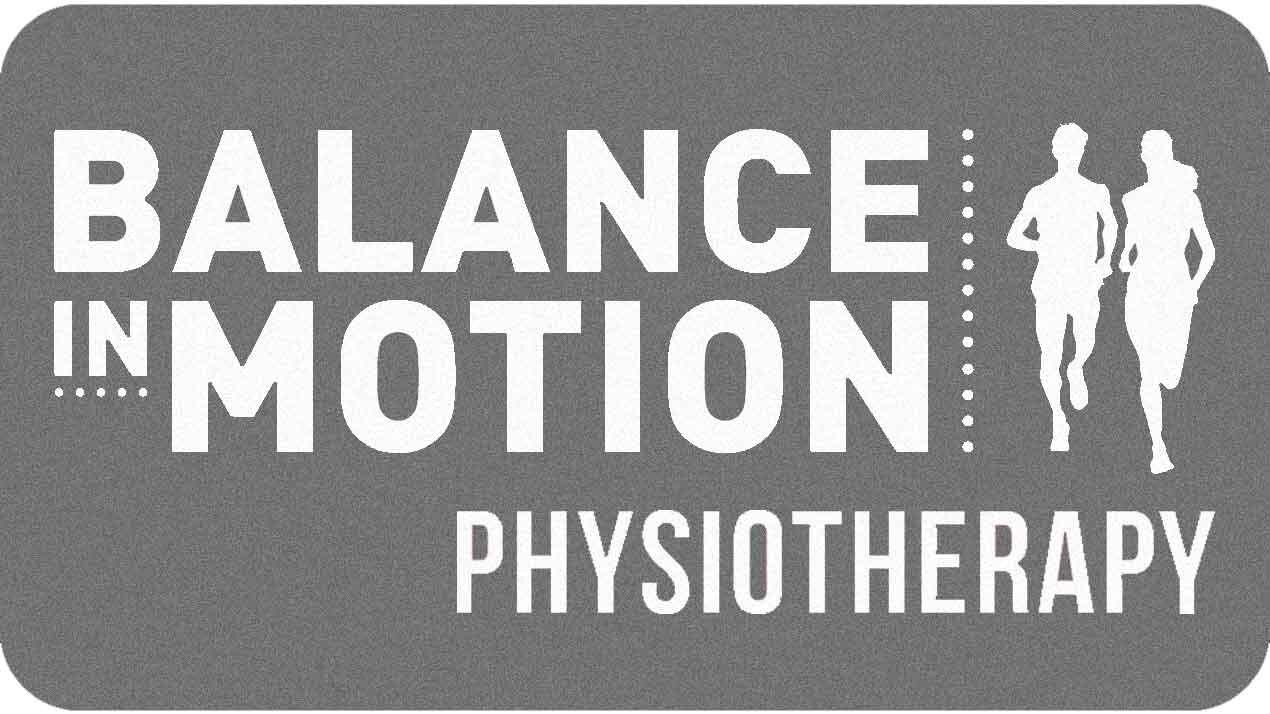Don’t Underestimate the Power of Your Breath
/It’s not every day that we take the time to consider the value of something so automatic. Something that inadvertently pervades every moment of our lives. Something we do over 25000 times a day. Something with which we can not go with out. Breath.
If I’ve treated you over the last 2 weeks, there is little doubt that I have talked your ear off about my latest read James Nestor’s Breath. He takes you through his personal journey of research and discovery in to the power of breath. He advocates for investing a little bit of time in to this often-overlooked yet pivotal element of our lives. When harnessed correctly, breathing can not only minimise autoimmune and respiratory diseases, but can massively maximise athletic performance. He warns that when done incorrectly, breathing can open a gateway toward a multitude of chronic physiological and psychological disease states. I was blown away reading about how poor breathing patterns likely plays a role in the maintenance and perhaps cause of certain conditions like high blood pressure, ADHD, cancer, depression, diabetes, scoliosis, periodontal disease and bad breath… just to name a few.
Now, it’s possible you’re thinking, what on earth is she talking about? Breathing correctly or incorrectly? This is something I do with my eyes closed. I don’t think about it. My body knows what to do and obviously I’m getting air in and out, so what’s the big problem? And what do you mean breathing ‘correctly’? I’m sure this isn’t news to everyone but James Nestor would suggest that mouth breathing is the devil. Not only does mouth breathing result in at least 18% less oxygen absorption then nose breathing, and can cause the body to lose 40% more water, but mouth breathing actually changes our facial structures to the point where there is effectively functional airway ‘collapse’, there is less space and breathing inevitably becomes more difficult. Interestingly, it has been suggested that mouth breathing actually makes us ‘dumber’. A few Japanese studies demonstrated how mouth breathing negatively effects how oxygen can reach our prefrontal cortex, and they showed how ‘mouth-breathing rats’ took twice as long to crack a maze as their nasal-breathing counterparts.
Nasal breathing on the contrary can benefit our health to no end. For instance, nasal breathing stimulates the sinuses to release nitric oxide, a molecule that plays an essential role. Through an increase in circulation and oxygenation, immune function, weight, mood and sexual function can all be regulated! Beyond this, nasal breathing is directly linked to balancing and regulating our autonomic nervous system. Mouth breathing, and breathing high up in your chest serves to keep our sympathetic system in overdrive, that is, our flight, fight or freeze mode, which is far from ideal on a long term basis. I’m sure you’re all aware of that sneaky phenomenon whereby one minute our right nostril is flowing freely, and the next it cycles over to the left. This is how nasal breathing regulates us. Our right nostril supposedly connects with our sympathetic nervous system, pumping blood to areas of our brain which help with alertness, readiness and logical decisions. The left nostril on the other hand activates our parasympathetic system, the one we need for relaxation and restoration. This natural cycling between left and right is the bodies way of regulating us and ensuring our body is doing what it should at a certain time.
So it would be very easy for me to keep rehashing gems from this book – but I if you’ve got some spare time on your hands over the next 2 weeks I highly recommend the read!
But just before I sign off, I wanted to share with you a few take home tips to get you started working on your nasal breathing!
By far my favourite, and the one that has left me ridiculed by my husband and family is the technique of mouth taping at night. There is no intense masking tape involved, and it does not look like a scene out of Homeland. But rather, I use a tiny post stamp sized piece of soft cotton tape to gently keep my lips together over night. This makes sure that I am nasal breathing all night long. Not that I’m a snorer, but for those of you who may be sleeping next to a freight train at night, I highly recommend taping them up for a week or so, and then let me know what happens!
The other one which I found fascinating was the need for slow breathing. As Nestor puts it, we are over eaters and over breathers, with many of us taking almost 4x as many breaths per minute as necessary. Having scoured ancient texts and observing prayers across Hindu, Buddhist, Catholic, Taoist, African, Hawaiian and Native American cultures he found a commonality that seemingly transcends mere coincidence. Somehow cross culturally, many prayers developed requiring the same breathing pattern. For example, both a popular Buddhist mantra and the pattern of the rosary lasts approximately 5.5-6 breaths per minute. Coincedence? I doubt it. This cycle of 5.5 second inhales followed by 5.5 second exhales is the ideal breath. It syncs with our cardiovascular rhythms, increases blood flow to our brain, and improves our whole bodies efficiency. So give it a go, practice just 10 minutes a day and see how what you experience.
Thanks for reading my over enthusiastic ramble about breath! Hope you guys are staying safe through lock down!
Just a reminder that BIM is open and here to help you guys with whatever we can!
Gina Kezelman

